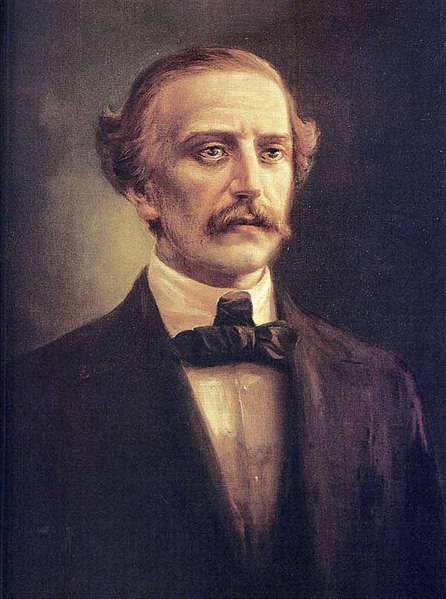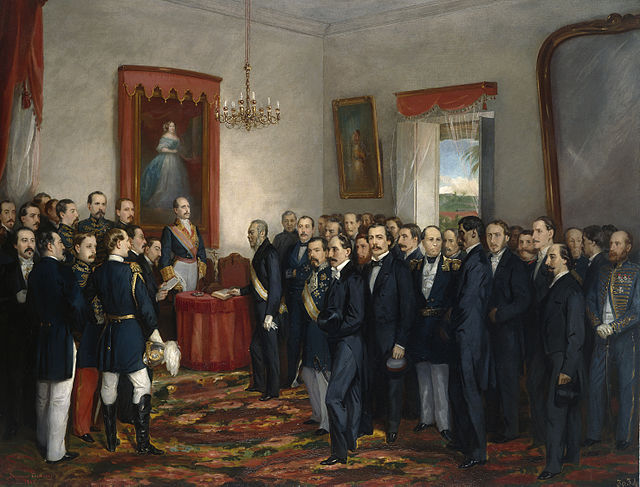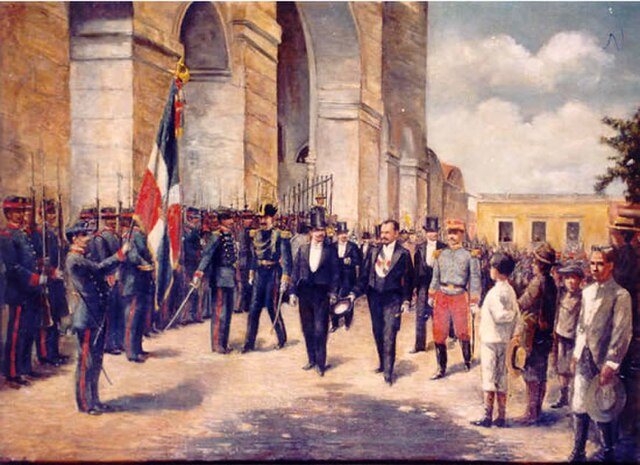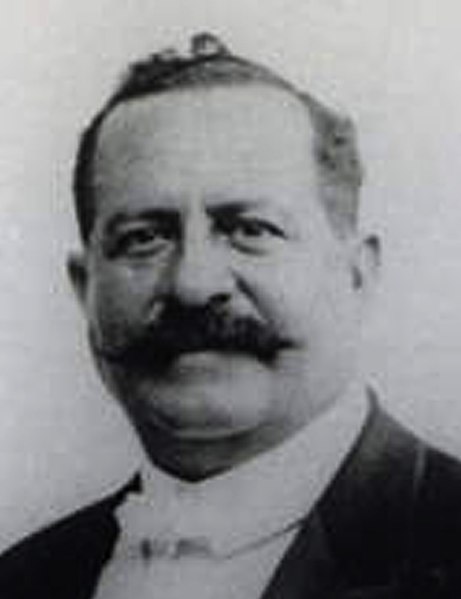Foreign interventions by Cuba
Cuba intervened into numerous conflicts during the Cold War. The country sent medical and military aid into foreign countries to aid Socialist governments and rebel groups. These interventionist policies were controversial and resulted in isolation from many countries. Due to the ongoing Cold War, Cuba attempted make allies across Latin America and Africa. Cuba believed it had more freedom to intervene in Africa as the U.S. was more concerned about Latin America. Still, the US was strongly opposed to Cuban involvement in Africa and continued Cuban intervention was a major source of tension. Cuban intervention was often confidential and all Cuban doctors and soldiers were forced to keep their location confidential.
Cuban PT-76 tank in the streets of Luanda, Angola, 1976
Che Guevara, holding a Congolese baby and standing with an Afro-Cuban soldier during the Congo Crisis, 1965
Cuban artillerymen in Ethiopia during the Ogaden War, 1977
Hugo Chávez and Fidel Castro seen on a Bolivarian propaganda board
The Dominican Republic is a country on the island of Hispaniola in the Greater Antilles archipelago of the Caribbean Sea, bordered by the Atlantic Ocean to the north. It occupies the eastern five-eighths of the island, which it shares with Haiti, making Hispaniola one of only two Caribbean islands, along with Saint Martin, that is shared by two sovereign states. It is the second-largest nation in the Antilles by area at 48,671 square kilometers (18,792 sq mi), and second-largest by population, with approximately 11.4 million people in 2024, of whom approximately 3.6 million live in the metropolitan area of Santo Domingo, the capital city.
Juan Pablo Duarte, founding father of the Dominican Republic.
Pedro Santana is sworn in as governor-general of the new Spanish province.
President Alejandro Woss y Gil taking office in 1903
Ramón Cáceres








